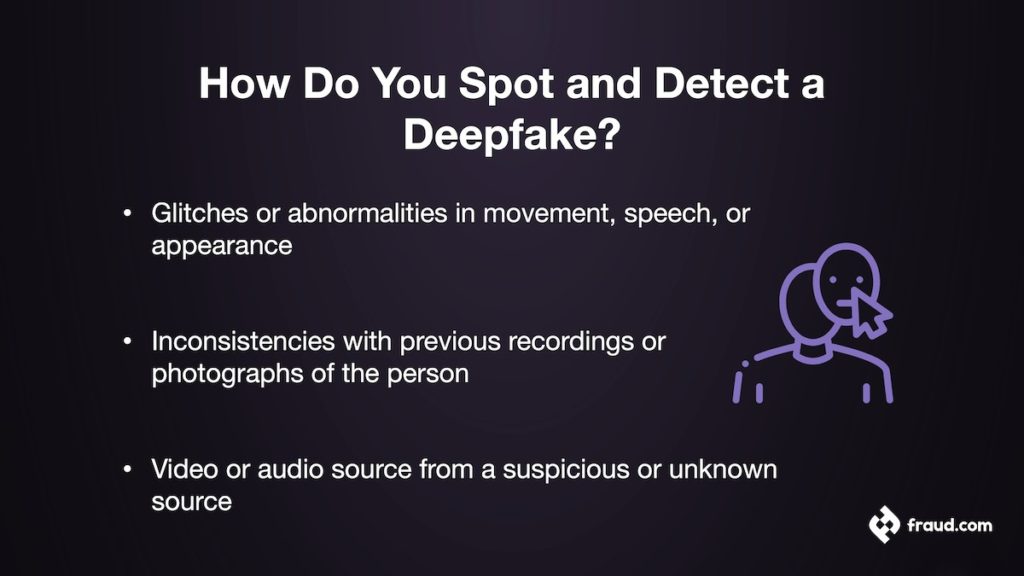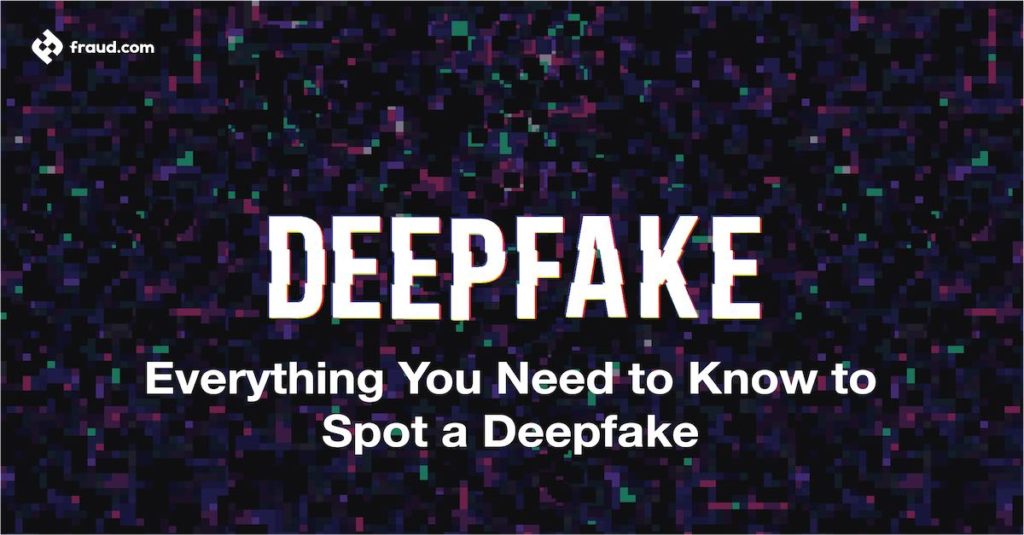When a TikTok account by the name of “deeptomcruise” appeared on the platform, users were shocked to see Tom Cruise goofing off in every video. However, upon closer inspection, it was revealed that the account was full of deepfakes. In other words, the videos were created using artificial intelligence technology to make it appear like Tom Cruise was in them.
In reality, it was just a manipulated version of someone else. This type of technology, known as deep fakes, has become increasingly popular in recent years. This blog post will dive into what they are, how they’re made, and their potential impact on our society.
Table of Contents
ToggleWhat is a Deepfake?
The deepfake meaning most people use refers to is of videos manipulated using artificial intelligence technology. Deepfake technology leverages facial mapping to superimpose one person’s face onto another person’s body. It makes it appear that the person in the manipulated media said or did something they never actually did.
At the basis of it all is the software, which is readily available online. It can be used by anyone with a basic understanding of technology and manipulation software. However, it takes a certain level of skill to create an ai generated deepfake that looks realistic.
How Do Deepfakes Work?
The deepfake working logic involves facial mapping and artificial intelligence technology. The creator of the deepfake first gathers images of the person they want to manipulate. They then input this material into a deepfake program, along with photos of the targeted individual.
The program uses facial recognition technology to map both faces onto each other. The result is a seemingly realistic deepfake. Every angle and facial expression must be accounted for to create a seamless deepfake. The more material the creator has to work with; the better and more realistic the end result will be.
Deepfake software may also use a generative adversarial network (GAN) to create the product. A GAN comprises two neural networks, one that generates new data and one that evaluates it. In the context of deepfakes, the generator creates a manipulated video while the evaluator determines if it looks realistic. The two networks work together to continuously improve the deepfake until it is as realistic as possible.
How and Why are Deepfakes Used?
The purpose of deepfake is only limited by the imagination of its creator. They can be used for harmless purposes, such as creating comedic videos. If you’ve ever used the popular app Face Swap, you’ve experienced a form of deepfake technology.
However, deepfakes are also commonly used for malicious purposes. The most common is pornographic in nature and primarily targets female celebrities. A staggering 97% of deepfakes currently online feature explicit content. From this malpractice stems blackmail, , fake news, reputation destruction, and other forms of harm.
In the political sphere, deepfakes have been used to create fake speeches or statements from politicians. The goal is to influence public opinion. This can have dangerous consequences, impacting election results and swaying international relations.
The same can be said for CEO deepfakes. In 2019, a deepfake video of Facebook CEO Mark Zuckerberg circulated online. It showed him bragging about having “total control” of billions of people’s stolen data.
There have also been reports of hackers using deepfake software to gain personal information or access accounts. For example, fraudsters could manipulate a video or photo by using AI to impersonate their victims and access their data such as passwords or banking information.
In a more positive light, deepfakes can also be used for visual effects in film and TV. And for businesses, and to personalise marketing materials or improve virtual customer service experiences.
Deepfakers could translate a video into multiple languages. The spokesperson’s lips could be manipulated to sync with each language. It would create a more realistic viewing experience for customers worldwide.
Are Deepfakes Limited to Videos Only?
Most examples above involve videos, as they’re the most widespread. However, deepfakes can also be created using photos or audio.
A deepfake photo can be generated using the same facial mapping and AI technology as deepfake videos. However, that is not always necessary. Since a still image does not have to be manipulated in real-time, it can also be edited using traditional photo editing software like Photoshop.
With the rise of image generators like DALL-E from Open AI, there may come a time when we won’t even need a source photo at all. The AI can create an entirely fake image based on textual descriptions. Pixel by pixel, it will generate a photorealistic image, making it harder to detect deepfakes.
Deepfake audio is another form of manipulated media. Much like fake videos, it involves using AI to mimic the speech patterns and nuances of a person’s voice. We can use this for everything from creating fake audio recordings to personalising virtual assistants like Siri or Alexa.
What Is a Shallowfake?
Not all edited or manipulated media falls under the deepfake umbrella. A Shallowfake is a simpler form of fake media that does not involve machine learning technology. Instead, it may use traditional editing techniques such as adding or removing footage, splicing audio, or altering photographs.
Shallowfakes can still have harmful consequences, especially if they are used to spread misinformation. However, they typically do not have the same level of realism and sophistication as deepfakes. They are easier to spot with careful examination.
What Is the Difference Between a Deepfake and a Shallowfake?
The main difference between a deepfake and a shallowfake is the technology used to create them. The production method is completely different and has distinct effects on the resulting media. Artificial intelligence and machine learning are the two key components here.
Deepfakes use advanced technology to convincingly mimic a person’s appearance and voice, while shallowfakes rely on more traditional editing techniques.
Another fundamental difference is the use of patterns and data. Deepfakes rely on patterns and data, such as facial features, to create a realistic imitation of someone. Shallowfakes do not necessarily use this type of information and may involve more straightforward editing techniques.
How Do You Spot and Detect a Deepfake?

You’ve probably heard the phrase: “Don’t believe everything you see on the internet.” Now more than ever, it is crucial to question the authenticity of what we see and hear online.
So, how do you spot a deepfake? Of course, it all depends on the level of sophistication behind this technology. But here are some red flags to watch out for:
Glitches or abnormalities in movement, speech, or appearance
It’s very hard to perfectly mimic the intricacies of a person’s appearance and behavior. As such, there may be noticeable inconsistencies in the deepfake. It could manifest as unnatural eye movements or a lack of emotion. The lips may not always match up with the audio.
You should also look for noticeable jumps in the video or blurring around the edges of a person’s face. This could signify that parts of the video and image have been edited or manipulated.
Inconsistencies with previous recordings or photographs of the person
Using common sense can go a long way in detecting deepfakes. Check for inconsistencies with previous recordings or photographs of the person in question. Do their mannerisms, facial expressions, and voice match up?
Video or audio source from a suspicious or unknown source
Do your due diligence and research the source of the video or audio in question. Is it from a reputable news organisation or a random, unverified account? Of course, fraudsters might even post from the victim’s own account through account takeover fraud, so always approach with caution.
Using deepfake detection systems
When all else fails, there are also deepfake detection systems available. These use artificial intelligence and machine learning to analyse patterns and detect possible manipulation in videos or audio recordings. These technologies are still improving, so they may not always be 100% reliable. But it is another tool in your arsenal for detecting deepfakes.
How to Combat Deepfakes?
As a society, we must know how to combat deepfakes before they become a larger problem. Thankfully, steps are being taken to address the issue. Using detecting software can go a long way in limiting the spread of deepfakes.
AI and deep learning aren’t inherently good or bad. So, just like bad actors such as fraudsters can use them for nefarious purposes, we can also use the same technology for good. Developing better detection systems is a priority in combatting deepfakes.
It will also be up to businesses, governments, and social media platforms to remain vigilant and accountable for what they allow on their platforms. Deleting or flagging manipulative media can help limit its spread.
Our Solution – Udentify
Udentify is an AI-powered tool for verifying the identity of individuals through video recordings and photos. Our technology is mainly used for customer identity verification, and it can also be used to combat deepfakes. Our advanced facial recognition algorithms can detect discrepancies and inconsistencies in videos and photos that may indicate manipulation or falsification.
Additionally, with liveness detection, you can make sure that it is a real and live person behind the camera, and most importantly identify the users for who they say they are. A deepfake will not pass the identity verification process as they won’t be recognised as a real and live person.
Our tool helps to ensure the authenticity of media, helping to combat deepfakes and misinformation online. Learn more about Udentify and our technology at fraud.com.









